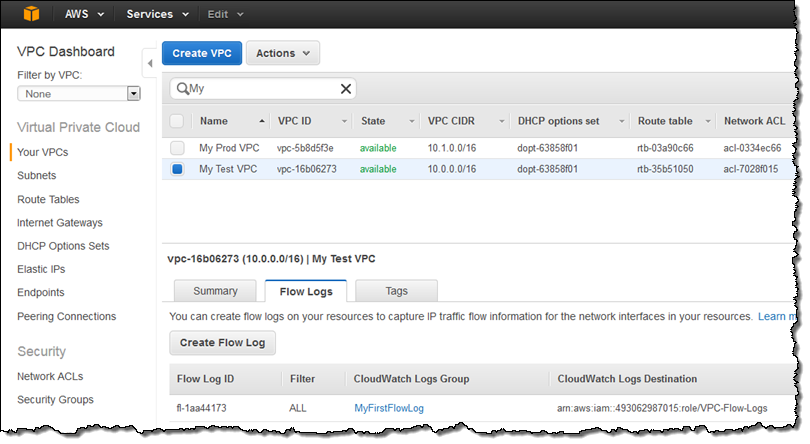

Both the functions should have same environment variables values configured to avoid inconsistencies. The following AWS Lambda environment variables are supported in both the Lambda functions. Configure environment variables for Lambda functions If you want to use the CloudFormation Template as is, proceed to Create a stack on the AWS CloudFormation console. You must verify receipt of emails sent to the email endpoint defined in CloudFormation template.īefore you upload the CloudFormation template, there are some optional configuration steps. The alarm is configured with a “send email” action ( SumoCWEmailSNSTopic). Permission for CloudWatch events to trigger the SumoCWProcessDLQLambda Lambda function.Īn alarm that is triggered if the number of messages in the Dead Letter Queue exceeds the threshold defined in the CoudFormation template (default is 100000).

The role includes policies for creating CloudWatch Logs, running CRUD operations on the dead letter queue ( SumoCWDeadLetterQueue), and invoking Lambda functions. Permission to CloudWatch Logs for invoking Lambda functions. This function is periodically triggered by AWS CloudWatch Events using a schedule rule ( SumoCWProcessDLQScheduleRule).

You can subscribe other logs to this function except its own log group.Ī Lambda function responsible for reading messages from the dead letter queue and resending messages. It is configured with a dead letter queue (SumoCWDeadLetterQueue) that receives messages that can’t be processed successfully. Resource NameĪ log group that has a subscription filter ( SumoCWLogSubsriptionFilter) associated with it that delivers real time logs to Sumo’s CloudWatch Lambda function ( SumoCWLogsLambda).Ī Lambda function responsible for sending data to the Sumo HTTP Source URL. When you upload the template to AWS, it creates the AWS resources described in the table below. Otherwise, proceed to Create a stack on the AWS CloudFormation console.
#Logs on aws download#
If you want to make any of the optional modifications described in this section, download the DLQLambdaCloudFormation.json CloudFormation template from. You will need this to configure the Lambda Function. When you configure the HTTP Source, make sure to save the HTTP Source Address URL. If you would rather manually configure a Lambda function see Collect Amazon CloudWatch Logs with Lambda Function. For more information about the resources created, see Download the CloudFormation template.ĬloudFormation based approach is recommended. The template specifies the resources necessary to send Amazon CloudWatch Logs to Sumo, including a Lambda function for sending logs, another Lambda function configured with a dead letter queue for resending messages as necessary, and associated roles and permissions. This section has instructions for creating AWS resources using a Sumo-provided CloudFormation template.
#Logs on aws driver#
When creating your Task Definition, be sure to configure the logging to use the awsLogs driver, by setting the logConfiguration parameter to "awslogs", currently the only logging driver supported by AWS Fargate. The diagram below illustrates the process for sending container logs from AWS Fargate to Sumo Logic.ĪWS Fargate uses the AWSLogs driver to send container logs to AWS CloudWatch.įirst, configure containers for CloudWatch logging by following the instructions in Create a Task Definition in Amazon help.
#Logs on aws how to#
This page describes how to collect logs from AWS Fargate.


 0 kommentar(er)
0 kommentar(er)
